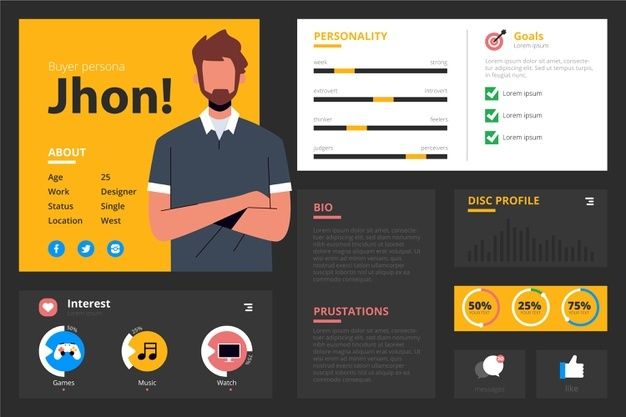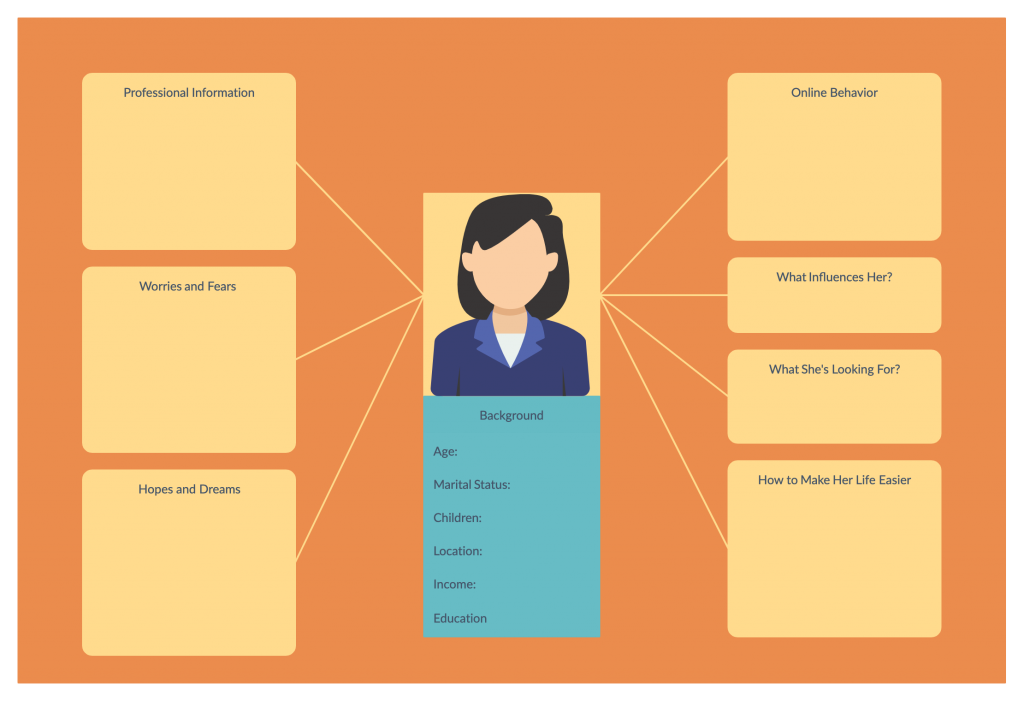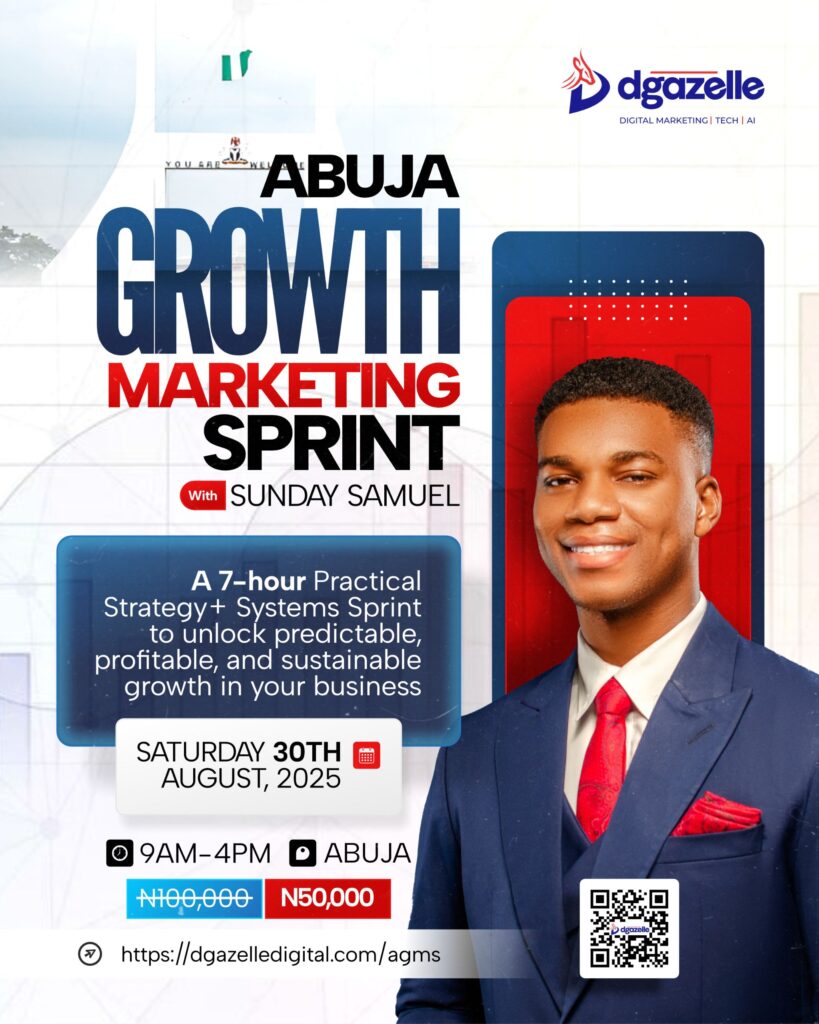Every company must identify its ideal customer. This will allow the company to tailor its content, services, and marketing strategies to the specific needs of its ideal client.

If your company doesn’t know who its ideal client is, it won’t be able to attract clients who are most likely to buy from them. I’m going to walk you through the 5 steps you must take to unmistakably identify your ideal client for your business.
Who is an ideal Client?
Most business owners start with a product idea, never thinking about who they want as clients. However, you must identify your ideal client, else, you will attempt to serve everyone. And, in your attempt to serve everyone, you will end up doing a serious disservice to the people who need you most. Let’s see how other digital marketing experts define an ideal client:
‘An ideal client represents the person who needs your product or services the most. This is the person who’s targeted by your marketing strategies. Your ideal client is comprised of a specific demographic, not a broad client base.
’
‘An ideal customer is someone who will buy our stuff and who we target our marketing efforts to
- Dgazelle Digital Agency
‘An ideal client is the person who really needs our service and has the willingness and ability to do what is required to get it
7 steps to unmistakably identify your ideal client for your business
Like I said before- the biggest mistake you might make in your business when starting is to not identify your ideal client. Perhaps you are trying to be all things to all people. A lot of business owners think that the more people they can reach, the more successful they will become. That’s a mistake!

The reality is the only way to truly achieve success in your business is to have a clearly defined and ideal client target. This allows you to focus your time and money on those who are most likely to buy from you right now.
By focusing on just one target market, you’ll learn how to speak their language, understand their needs and problems, and develop the kinds of solutions that solve them best. In other words, you’ll build trust and rapport with your prospects so they come to see you as their trusted advisor instead of just another vendor.
Follow these 5 steps to identify your ideal client:
1. Really Know Your Business:
Yes, we’ll start here! If you want to identify your ideal client, you must first understand what you do for them. It may appear to be a simple step, but far too many people overlook it. They believe they don’t need to define what they do because they already know what they do. But defining it in a way that makes sense to outsiders is more difficult than you might think—and if you can’t explain what your company does in a clear and concise manner, how will potential clients know whether or not to hire you?
So, clearly define what distinguishes your product or service. If your company were a person, who would they be and how would they communicate? There are numerous approaches to this, but it is critical to first understand what your company offers before considering who to sell it to.
2. Determine who is not your ideal client:
Who do you not want to serve?

Make a list of the clients you don’t want to work with. This will help you determine who does, in fact, belong on the list. You might find that you have a few common “deal breakers”—for example, if you’re passionate about serving local business owners, then it probably won’t be a good fit if your potential client works at a large corporation.
If you have experience in one industry but have zero interest in taking on work for another industry—say digital marketing but not food service—then that’s fair game too. Maybe you prefer working with individuals rather than companies; maybe you only want to serve people in your city or state; maybe there are a few key characteristics that just don’t vibe with your personality and would make working together difficult. Whatever the reasons are, it’s important to start this process by getting clear on who doesn’t belong.
3. Identify your ideal client and their uniqueness:
You can’t please everyone. We all know that. Every time we create a product or service, there are going to be people who find it too expensive, too cheap, too complicated, or not complicated enough, lol.
Another step to success is to have a clear vision of your client and what makes them unique. Ask ideal client avatar questions like:
- What are their hobbies?
- What do they value most?
- How do they spend their free time?
- What type of work ethic do they have?
- Who influences them most?

This is especially important when you’re first starting out. You don’t want to cast a wide net to see if anyone bites; it’s better to focus on one specific target and then expand from there once you’ve nailed the right fit for them.
4. Create a Client Persona:
This is an important step in trying to identify your ideal client.
A client persona is like a prototype of all the people you want to serve. Creating this prototype of your ideal client is a great way to focus your marketing efforts. With a specific profile in mind, you can create content and services that are designed with this person in mind.

This will help you attract the right people and weed out those who are not a good fit, making your work more efficient.
- The first step is to write down everything you can about your ideal client: their age, gender, job title, marital status, hobbies, and interests, where they live, and so on. Then decide on some ways to interact with them. Are they active on social media? How do they spend their time? What are their goals in life?
- The second step is to narrow down your list. One of the best ways to do this is by asking yourself these questions: Who is most likely to benefit from my product or service? Who is most likely to purchase my products right now? Who has already purchased something similar to what I’m selling? Are there other potential customers who have asked for certain features that I haven’t included yet?
- The next step is to figure out who these people are and how you can reach them.
5. Conduct market research on the people or companies on your list:
Also, to identify your ideal client, you have to ask questions and collect feedback. You can start with your existing clients or check out the competition to get ideas. You’ll start to see patterns among the people or companies on your list.
Here’s one of the ideal client examples- if a lot of your work comes from small businesses that need help with social media and content marketing, you’re probably going to want to focus your efforts on getting more of those types of clients. Or, if the majority of your work comes from individuals who are starting their own business and need help getting started, that should tell you something about where to look for more clients.
The next step is to develop a list of questions that will help you learn more about these people.
- What other services do they use?
- Who else do they buy from?
- Where do they go online?
- What challenges do they face?
- What are their goals?
Conclusion
If you have taken the time to identify your ideal client, give yourself a pat on the back. You’ve made a great decision to clarify who your ideal clients are and how you can help them. You can now enter into your business interactions with confidence knowing that you know exactly what you’re looking for.
If you haven’t yet figured out a way to identify your ideal client, Take time to do this again because you’ll enjoy the results of having a clear focus that serves the people who are most likely to need what you offer.






